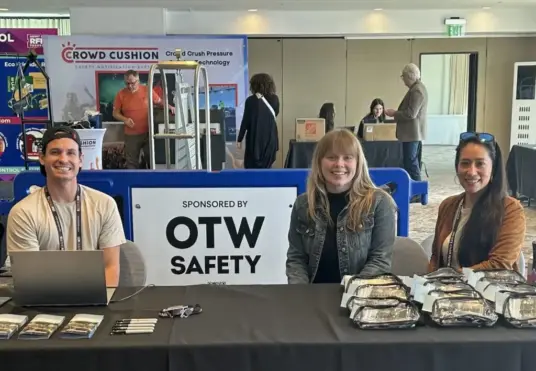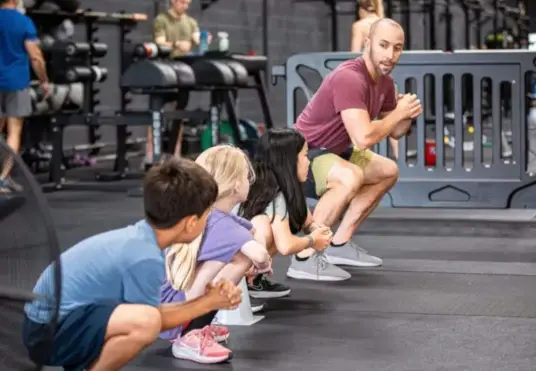Components & Applications of Common Safety Barriers
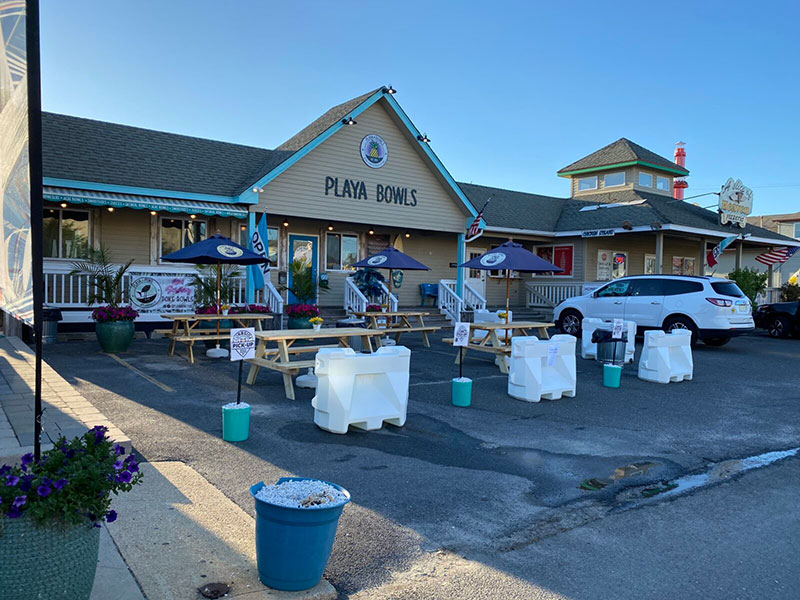
Our mission at OTW Safety has always been to provide high-quality plastic barriers as alternatives to steel and concrete models. We believe that plastic barricades offer a number of significant safety, commercial, and aesthetic benefits to businesses that utilize them. Let’s take a closer look at the design of OTW’s barriers and explain the components and applications of common safety barriers in general.
What Are Plastic Barriers Made From?
OTW Safety makes plastic barriers composed of either high-density polyethylene (HDPE) or low-density polyethylene (LDPE). We use polyethylene because of its versatility and strength. Polyethylene has a higher strength-to-weight ratio than steel! Note that other businesses may use cheaper plastics, like polypropylene, to produce their barricades. Polypropylene is not as strong or durable as HDPE or LDPE.
Plastic barriers are either formed through rotational molding or blow-molding. The formation method and the type of material used is what creates the composition of the barrier. In general, HDPE barriers tend to be more rigid and are resistant to cracks. Conversely, LDPE barriers are more flexible (they have higher tensile strength) and have greater impact resistance. The composition of a barrier is what informs its application capabilities.
Based on their composition, plastic barriers can be formed to resist UV rays and maintain structural integrity even during extreme weather. OTW Safety’s plastic barriers have undergone numerous tests for use in potentially hazardous areas like construction zones, along roadsides, and at airports.
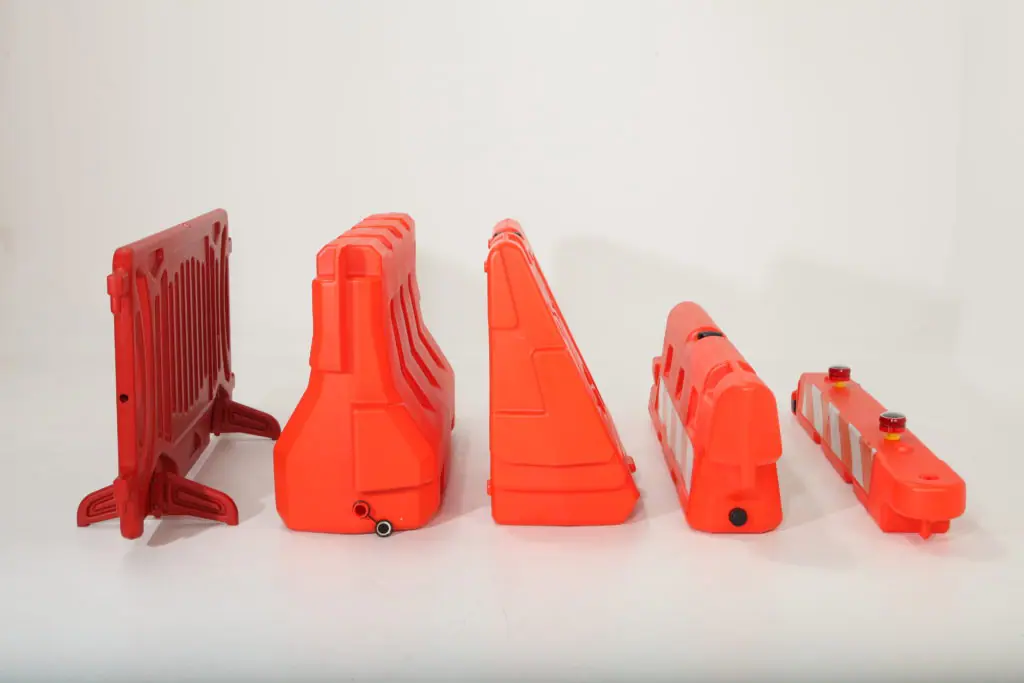
Different Plastic Barrier Shapes
Plastic barriers come in many different shapes depending on what they are to be used for. OTW offers dozens of different barrier designs for a variety of unique purposes.
Many of our plastic barriers for roadside use are based on the classic Jersey barrier model. We also offer innovative designs like the 32” LCD, which is a novel concept shape for barriers. Most of our plastic barriers are built to connect together with other barriers in order to form a continuous line. Many of our barriers also allow professionals to fill them with water as a ballast, greatly increasing their weight and ability to stand up to impact.
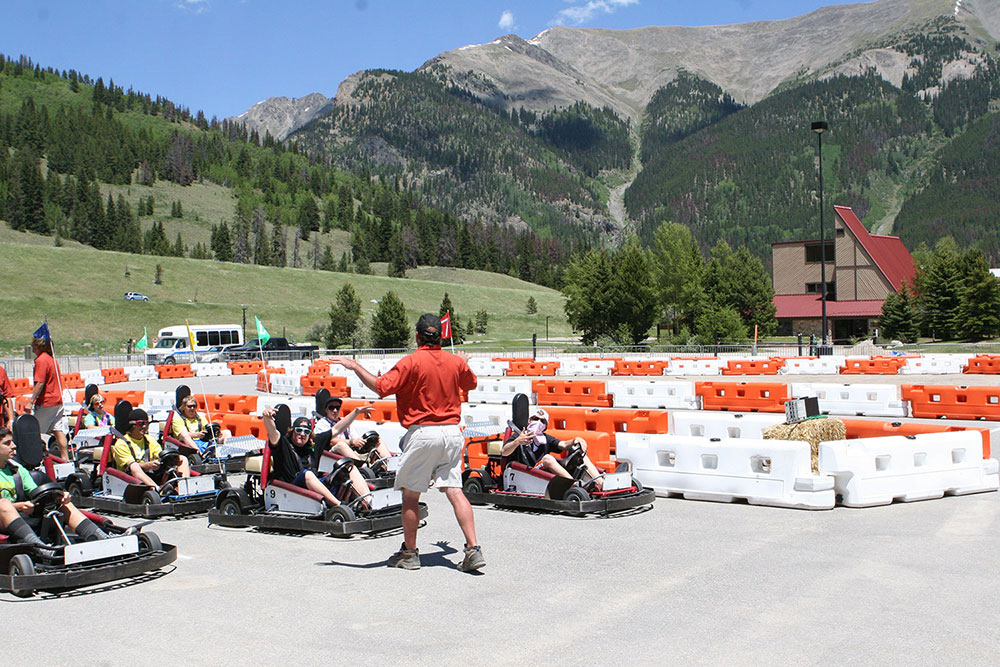
How Can Plastic Barriers be Used?
Unlike concrete barriers, which aren’t easily portable, and metal barricades, which may need to be bolted to the ground to form a functional fence, plastic barriers are extremely versatile and can be used safely and effectively in a number of situations. Plastic barrier applications are incredibly diverse, and our clients range from construction companies to grade schools, go-kart course owners to airports and more!
A few popular ways that plastic barriers can be used include:
- Forming a solid barrier at a construction site.
- Providing information to passersby or visitors.
- Designating temporary parking spaces.
- Directing visitors as a form of crowd control.
- Creating alternative routes for pedestrians near construction sites.
This, of course, is just the tip of the iceberg. Because plastic barricades can be moved and rearranged quickly, they offer unmatched versatility and possibilities for application. Some clients may also benefit from purchasing extra features that can be added to barriers, like fence panels or hazard lights.
Contact the Pros
At OTW Safety, we’re passionate about plastic barriers, and we work closely with our clients to ensure they find the perfect barrier models for their needs. Purchasing the right plastic barriers can promote on-site safety, improve crowd control, and offer advertising opportunities –– all while saving businesses money at the same time. Contact us here to learn more or to speak with a representative today.

